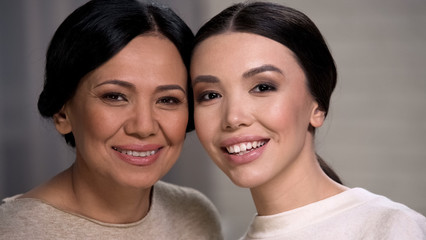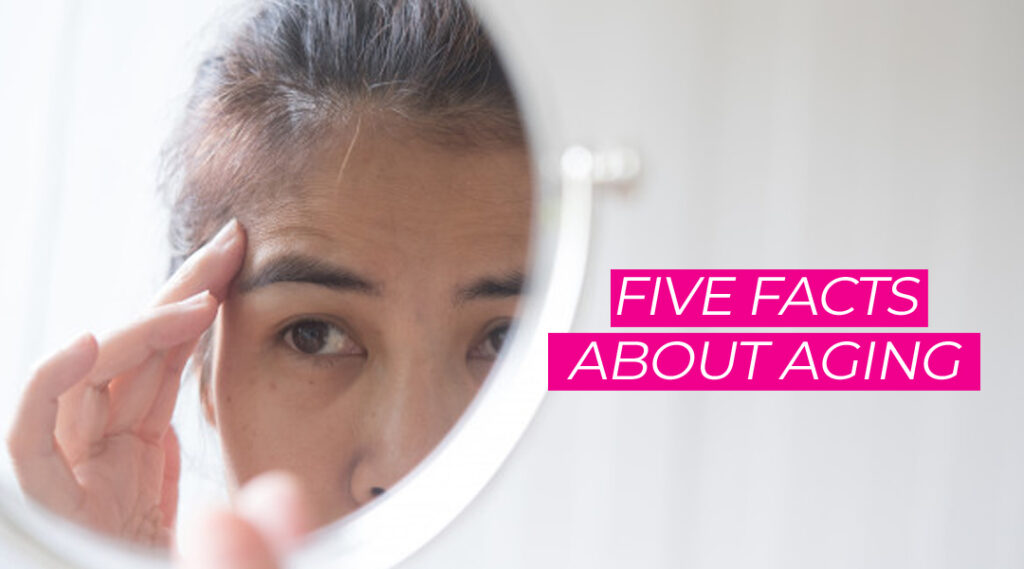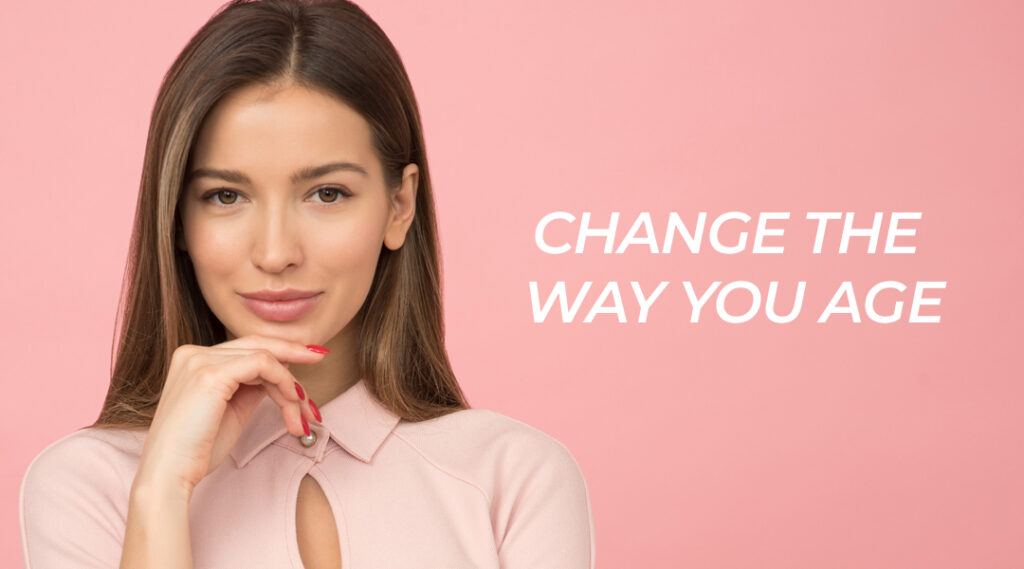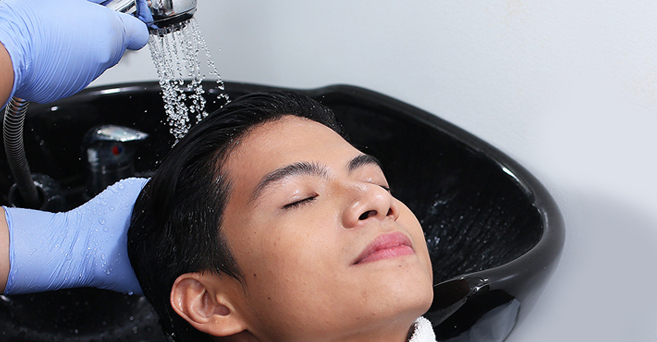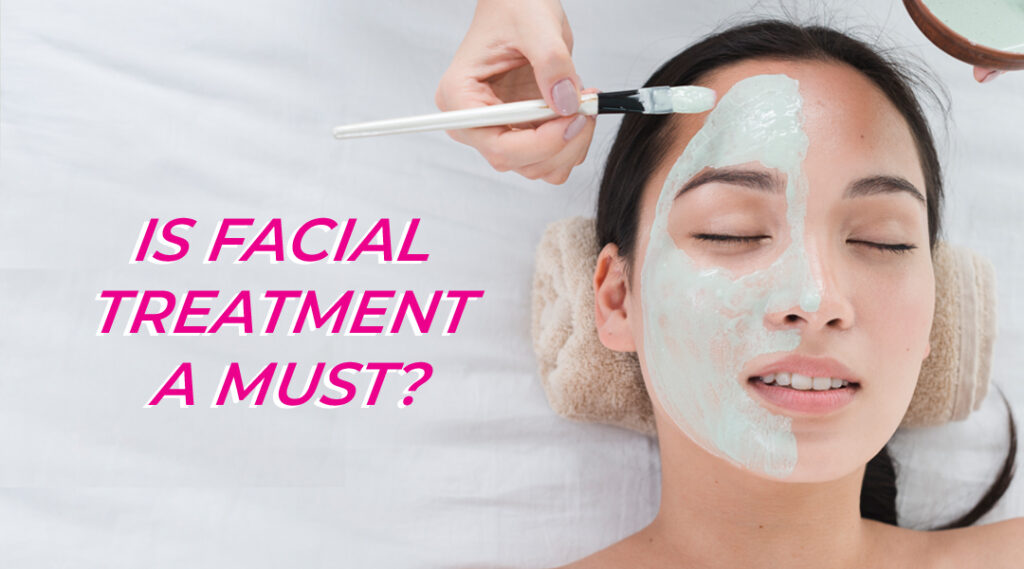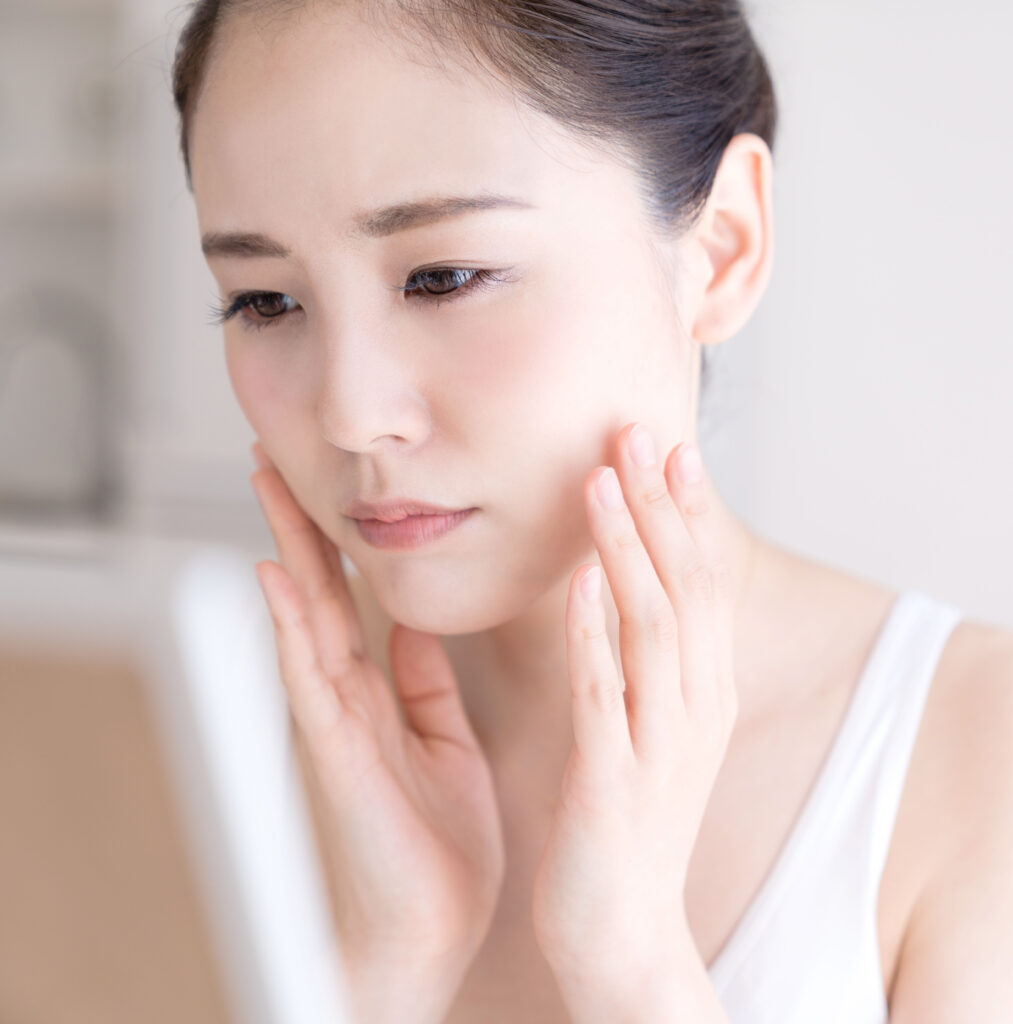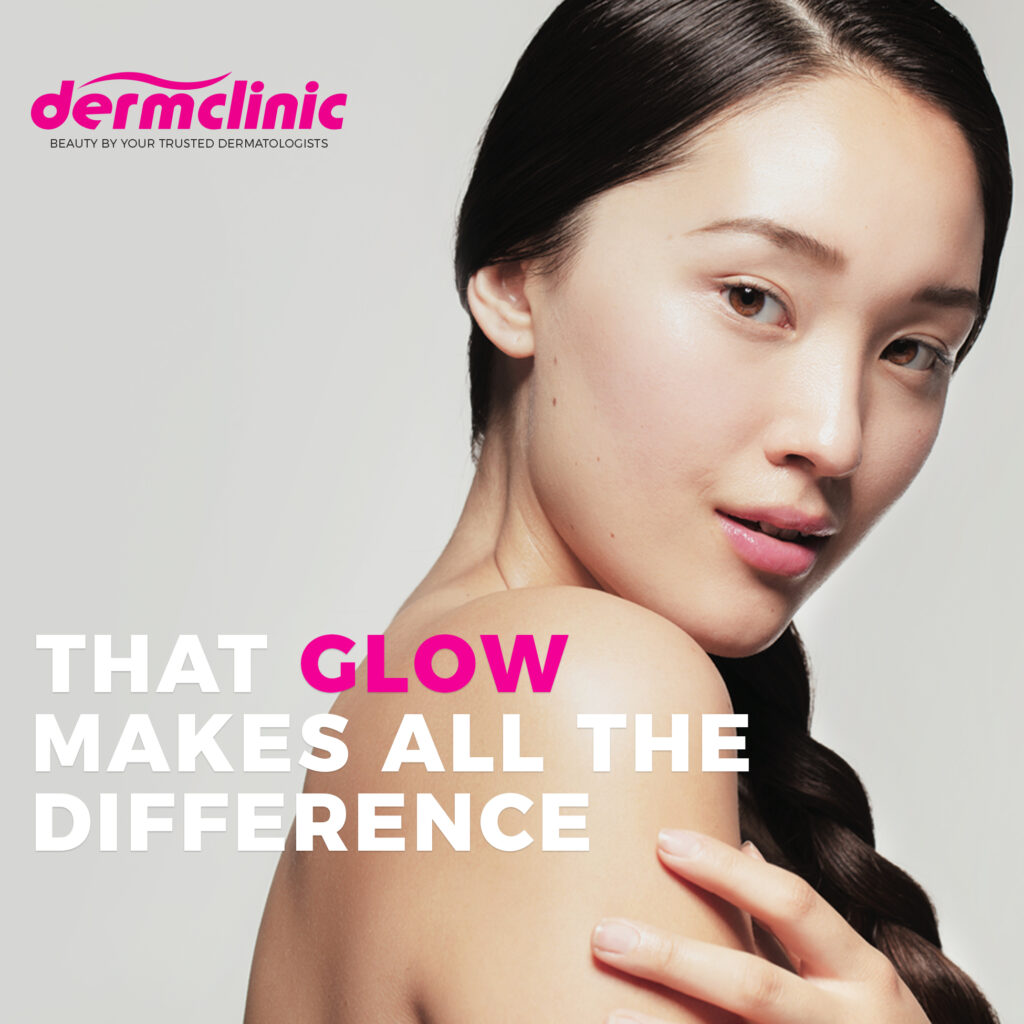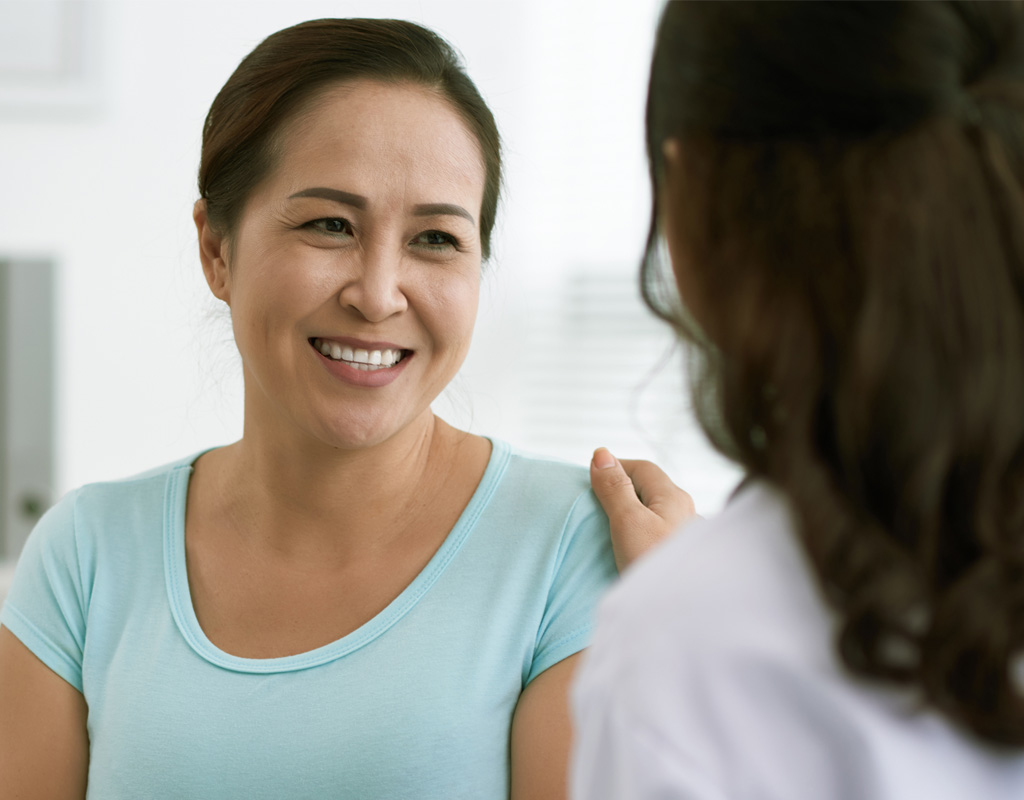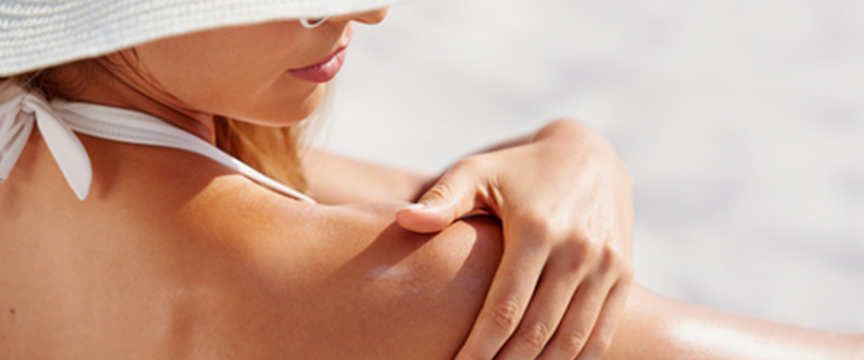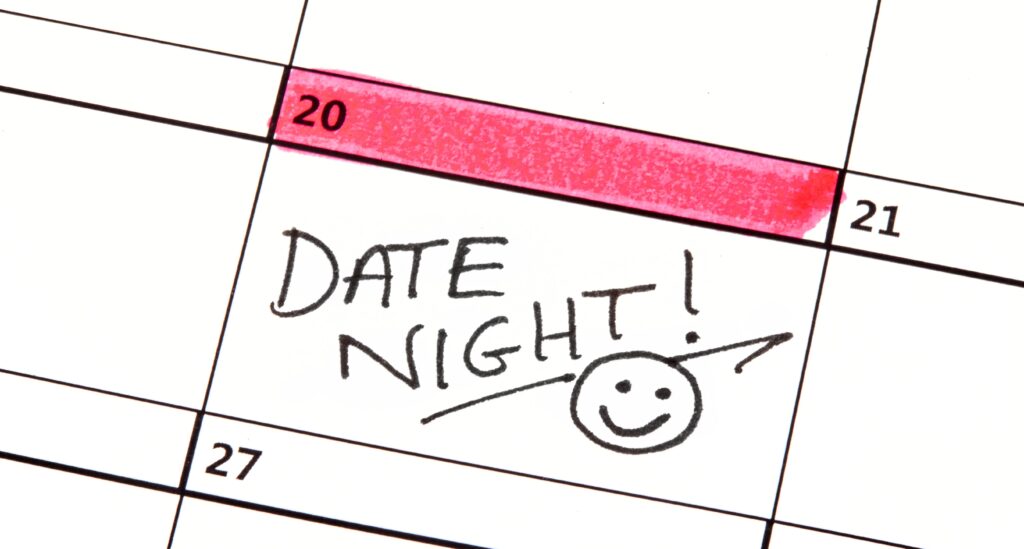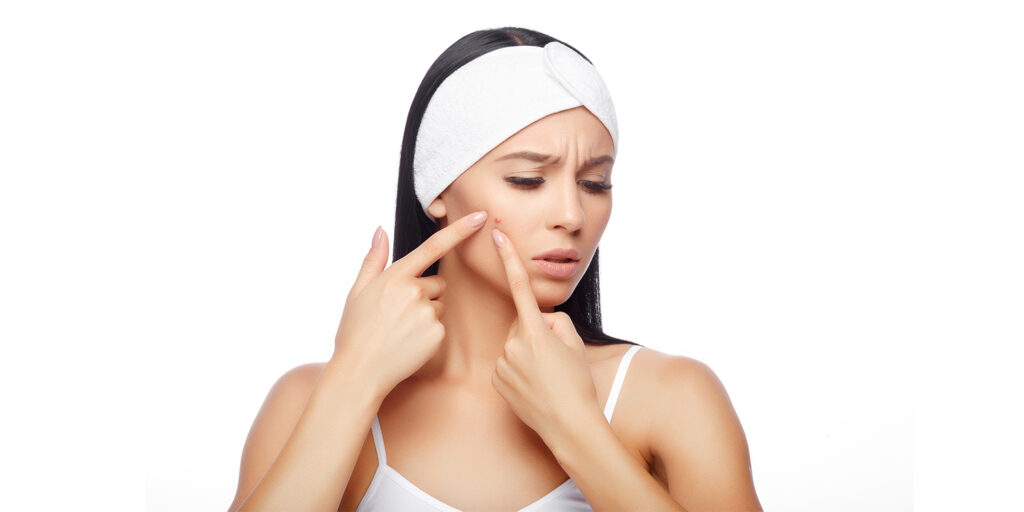Aging hair is a thing
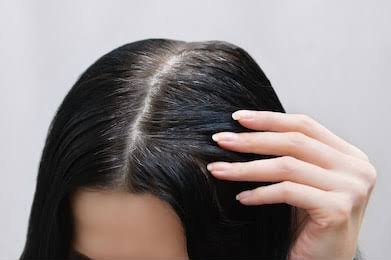
Everyone progresses through life and have become witnesses to countless changes, one of which we can see when we look in the mirror. One of the things that sadly age with us is hair. That is right, even our crowning glory ages.
Graying is the usual sign of aging hair, but that is not the only thing that happens. The hair becomes finer, brittle, wiry, dull, and loses volume. Hair growth also slows down or completely stops as we age. A lot of factors surround aging hair other than age itself: stress, hormonal imbalances, overusing heating tools and chemical treatments, and nutrient deficiencies, among others.
So, what leads to these aging hair characteristics?
Gray hair happens when the hair follicle produces lesser melanin to give the hair its color. This usually happens when you are in your late 30s and any grays appearing at a younger age than that is largely genetic. Graying of hair on the scalp starts at the temples and crown, while the body and facial hair appear later or not at all.
The hair becomes thin or fine is caused by the hair follicles becoming smaller and declining sebum production. These factors also turn the hair brittle, wiry, and dry that contribute to loss of volume and breakage-prone hair.
TLC for aging hair
Ultimately, you would want to give your hair some TLC after approximately three years of exposure to UV rays, too much brushing, overusing heating tools, and dousing it with chemical treatments. Whether you love your gray hair or not is totally subjective, but everyone for sure loves to keep their hair soft and healthy. Fret not as there are simple ways to keep the hair in tip-top shape.
First is not to be harsh to your hair. Yes, no more aggressive brushing and daily heating! Brushing the hair aggressively pulls the hair, making it weak and break; even worse if you brush while the hair is wet. Additionally, start combing the hair at the ends, section by section. It is best to also limit hairstyling that uses heating tools to not more than thrice a week. The stress the hair undergoes can cause breakage and since the hair produces less sebum, there is no natural protection against heat.
Second, use hair treatments that moisturize the hair. As said, aging hair is dry and brittle so it is best to introduce hair products that are hydrating and soothing. Try a weekly hair repair using deep conditioning treatments with ingredients such as keratin.
Lastly, the best step to take is to take your tresses down for a check-up. Visit a dermatologist to get a better understanding of aging hair as factors differ from one person to another. They are the best people to discuss your hair with as it comes with a recommendation of treatments that you can consider.

